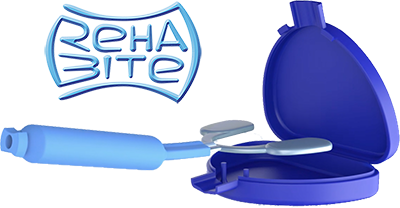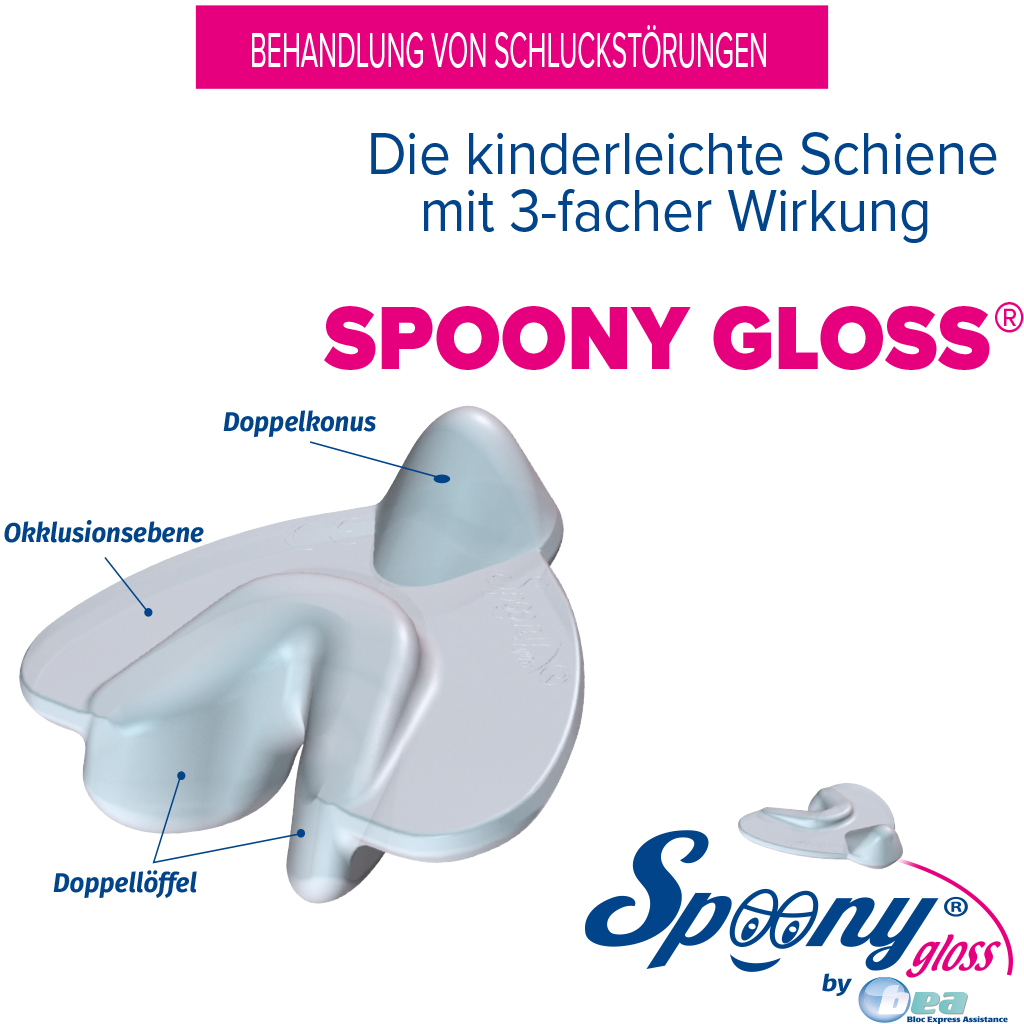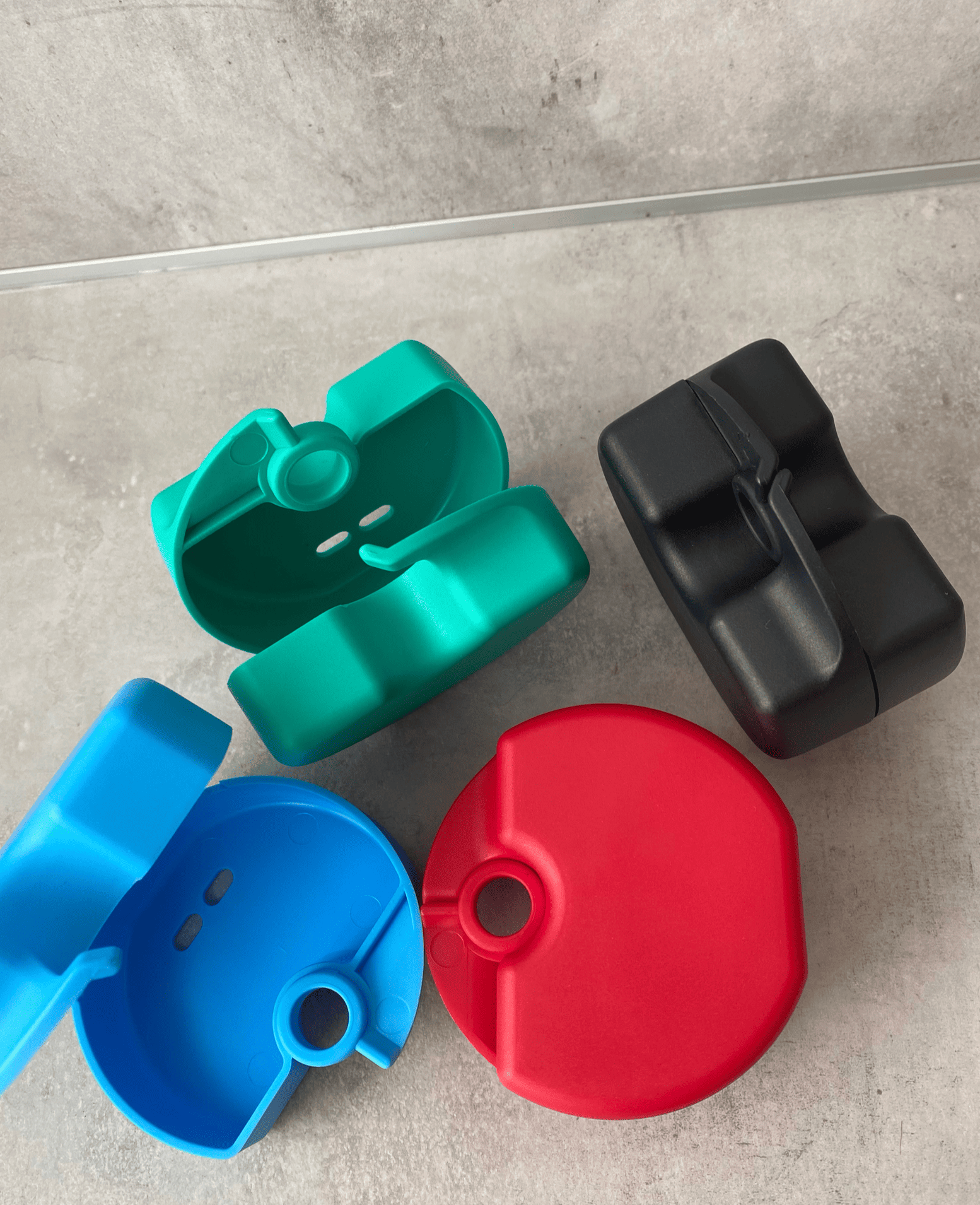
Do you think you might be suffering from TMJ? Take the test!
The TMJ syndrome is a great burden for those who suffer from it – both physically and mentally. A splint or a RehaBite offers immediate and sustainable help to relieve pain and train the jaw muscles.
Who to see for a TMD diagnosis? If you think you might be suffering from TMJ dysfunction you can take a TMJ disorder diagnosis test at your dentist’s for a temporomandibular joint examination. If you suffer from 3 or more of the typical symptoms, it is likely that you have TMD. With our TMJ dysfunction online self-test, you can find out quickly whether you may be affected by the syndrome.
The temporomandibular joint test includes a maximum of 6 questions. Be sure to discuss the results of the CMD test with your dentist afterwards to decide how to proceed further.
Trust the experts in TMD research
What is TMD?
Temporomandibular joint dysfunction (TMJ dysfunction or TMD, respectively) is a disorder of the jaw joints that can have far-reaching mental and physical consequences. Patients suffer from a jaw misalignment, which in most cases triggers muscle tension and pain. TMD is triggered by different causes and comes with a variety of symptoms – it often affects other body regions beyond the jaw, such as the head, neck or back.
Do I have a TMJ dysfunction? Causes & symptoms
Both physical and psychological complaints, such as stress, can cause as well as indicate TMD. Orthodontic treatments and simple restorative procedures (such as fillings, crowns, bridges) affect the alignment of the teeth and can have a negative effect on the sensitive neuromuscular system. As a result, the jaw muscles become tense. Symptoms include: teeth grinding, headaches and tension in the shoulders and back.
How is a TMJ dysfunction diagnosed? The causes and symptoms are typically non-specific. A doctor determines whether you suffer from TMD through a differential diagnosis. Typical causes and symptoms include:
|
Causes |
Symptoms |
|
|
If you suffer from 3 or more symptoms, it is very likely that you have TMD.
TMD: Treatment
TMD patients can treat their complaints themselves with the Aqualizer, the RehaBite or the Spoony. Whether you need such a bite splint, you can find out by taking our test.
For immediate help and relief of pain, you can use the Aqualizer in addition to a hard grinding splint. This relaxation splint is filled with water and evenly balances the patient's jaw. This relaxes the chewing muscles and pain decreases after a short time. Please note: The Aqualizer is not a permanent splint and is not intended to replace it. The Aqualizer is not suitable for very strong grinders or pressers.
The RehaBite is an elastic bite fork filled with glycerine, with which you can train your jaw muscles. It helps you to relieve postures and prevent malocclusions in the long term. The hydrostatic principle allows you to balance your jaw as if on a seesaw, thereby relaxing the muscles. The RehaBite has the same effect as an occlusal splint.
Order RehaBite nowUse the Spoony to treat swallowing disorders that can occur as a result of TMJ. The double spoon corrects tongue movement during swallowing, stimulates clenching of the teeth and controls the lip muscles.
Order Spoony now






